We close our eyes, and we hear a beautiful sound playing in the distance. A harp? An organ? A trumpet? We are curious to know whose hands are responsible for this melody, so we travel a long distance to find this person. As we approach the source of the music, it’s revealed to us that it was just the wind blowing through slits between two rocks.
I often find myself having conversations about ‘the future’ with my friends. Often these conversations would lead us to fervour discussions of our personal relationships with our chosen mediums of art. And funnily enough there would always be a little tinge of fear or uncertainty. We would realise, a lot of our choices seem – in one way or another – arbitrary, senseless, and off-putting.
Becoming strangely and uncomfortably aware of our choices as human practitioners who are destined to live painfully in the present, unable to move forwards or backwards in time, and with such an existence naturally prone to making mistakes; prompts the birth of this programme, by exploring the nuanced and thoughtful approaches and explorations of the following artists and filmmakers in their chosen mediums and subject matters.
Perhaps, as we ponder the questions they ask in their work, could we be unflinching of the possibilities of the future – especially with us inhabiting it?
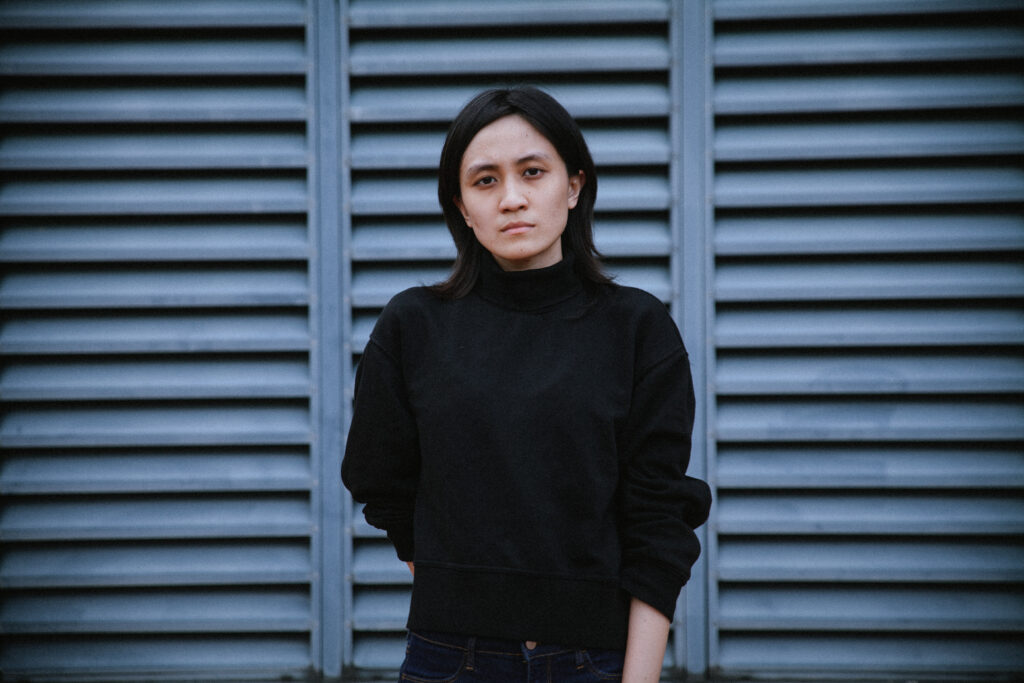
Programmer: Chloe Yap
Chloe Yap Mun Ee is an experimental filmmaker and video artist who is curious about the expressions of form, medium, identity, love, intimacy, as well as their hypocrisies and contradictions. Meanwhile she continues confronting and challenging her own shifting points of view. Her latest work is a video installation for ‘Bakat Muda Sezaman 2021’: I DON’T REALLY WANT YOU TO SEE ME, BUT I STILL WANT TO SHOW YOU (2022); where she confronts her fear and guilt towards the cinema image and the power dynamics within its space. The installation was awarded a Jury award. She is also a writer, illustrator; and occasionally does film programming with Cinemata Film Collective.

*placetheearthbeneathyou
Dir. Sim Hoi Ling & YJ Ken | Malaysia | 2019 | 7′
“*placetheearthbeneathyou” is composed of streamed and uploaded footage from various online media platforms, exploring a binary alternation, between the physical and digital, as they both coexist within a simulated space. The advent of virtual and augmented reality, as well as the constantly transforming nature of internet technology, paves the path for globalized, mentally interconnected experiences that blur the boundaries between the natural and virtual. This synthesis of the two creates a new, somewhat “singular world”, to which people inch closer and closer towards.
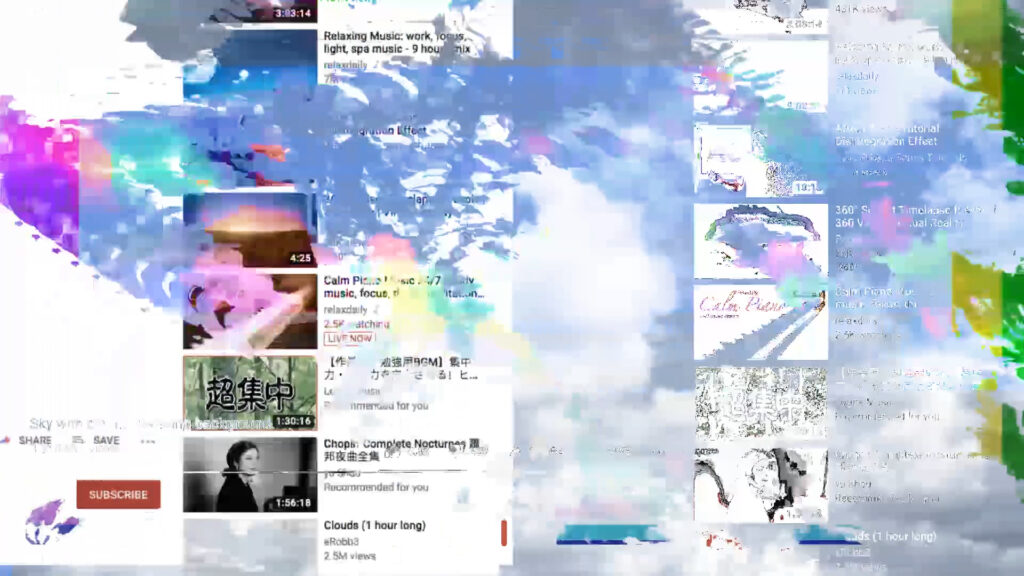
Statement
During that time I was watching a lot of videos, and in a split second wondered do immersing oneself in the screen for an extended period alters our sense of reality? Technically what seems real was just combinations of Red, Green, and Blue (RGB) signals, applying After Effects’ ‘random()’ expression made blocks of RGB overlay randomly via computation, (conceptually was) to hint that the images we see are after all flickerings from different intensities of RGB signals.
The creation of the work is a question in-process: when we’re a screen apart, gazes fixed and minds intensely connected to the screen, were there boundaries left between the virtual and corporeal? Upon scouring footages I dive into digital lives in Second Life, drone wars where gamers are recruited to operate the weapon, suicides of social media content moderators after extended periods “in reviewing self-harm content”, heavy use of beauty filters “triggers body dysmorphia” to internet challenge “doxed (teenagers) into self-harm and suicide”. The screen slowly morphed into “a machine for shifting and displacing the consciousness[…]”, which under extended exposure “[…] I (we) more or less forget myself(ourselves) in what is being displayed on the screen. I am no longer in my own life, I am in the film projected in front of me.” What we see became our reality. Is the screen alive?
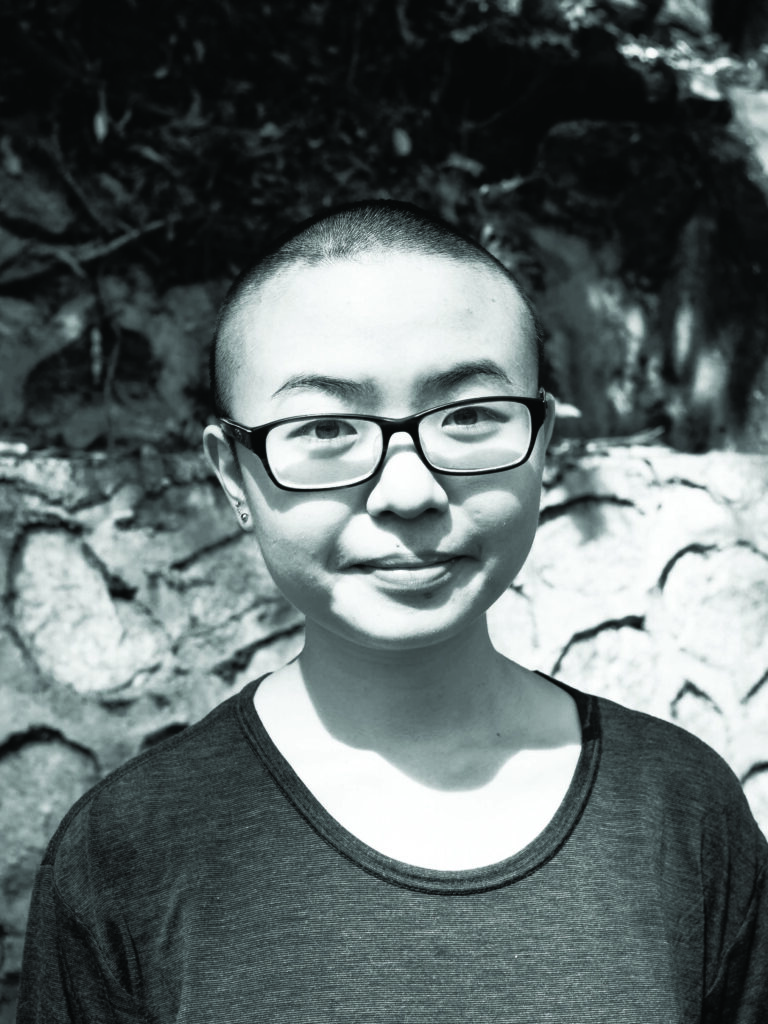
About The Director
Sim Hoi Ling is an interdisciplinary artist whose practice is often influenced by photographic images, she enjoys exploring unconventional ways of marks-making. She has exhibited works in the form of printmaking, video art, installation and performance, also presented internationally in festivals across Thailand, Indonesia and Malaysia.
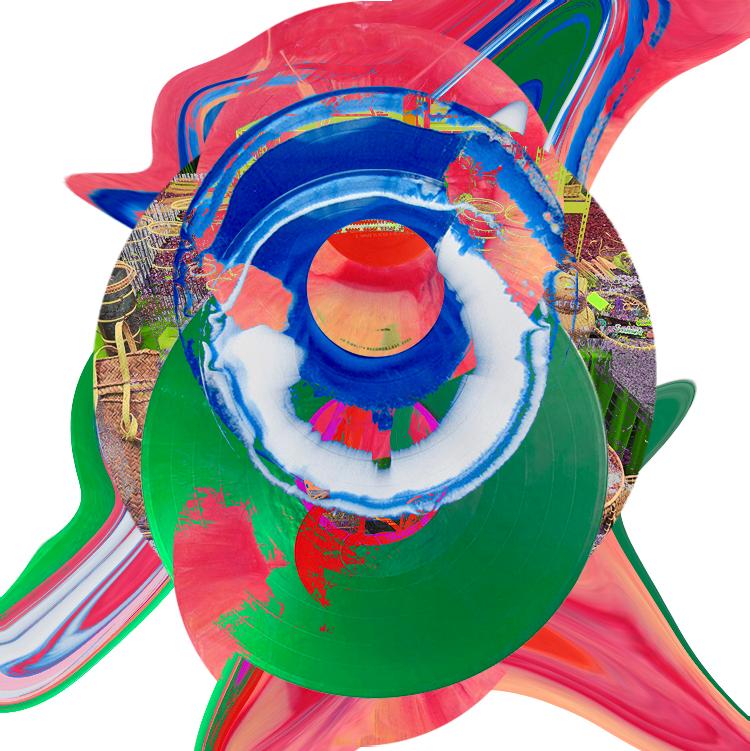
Yew Jun Ken is an independent artist from Malaysia, whose practice explores a variety of mediums and structures. From drawing and collage to sound and video, he takes inspiration from the psychedelic and surreal to convey narratives that relate to the nature of changing landscapes, whether it be the physical or metaphysical.

SUPER Solution: Where Does Machine Learn From?
Dir. Kc Tan | Malaysia | 2021 | 5′
“SUPER Solution: Where Does Machine Learn From?” is a video art which discusses the data bias in machine learning. The artist questions about the fairness in datasets provided for machine learning. He emulates the automated text generation process in a dialogue setting between an A.I. and an engineer. The conversation involves the past incidents of A.I., such as categorizing human as animal, tweeting out offensive racial slurs and turning into a Nazi. The incident created a negative social impact where a petition has been held by certain communities to support the A.I. action. The conversation highlights how A.I. can be easily controlled without proper governance. The issue of data bias is being critiqued and discussed. Such bias would have further contributed to inequalities.
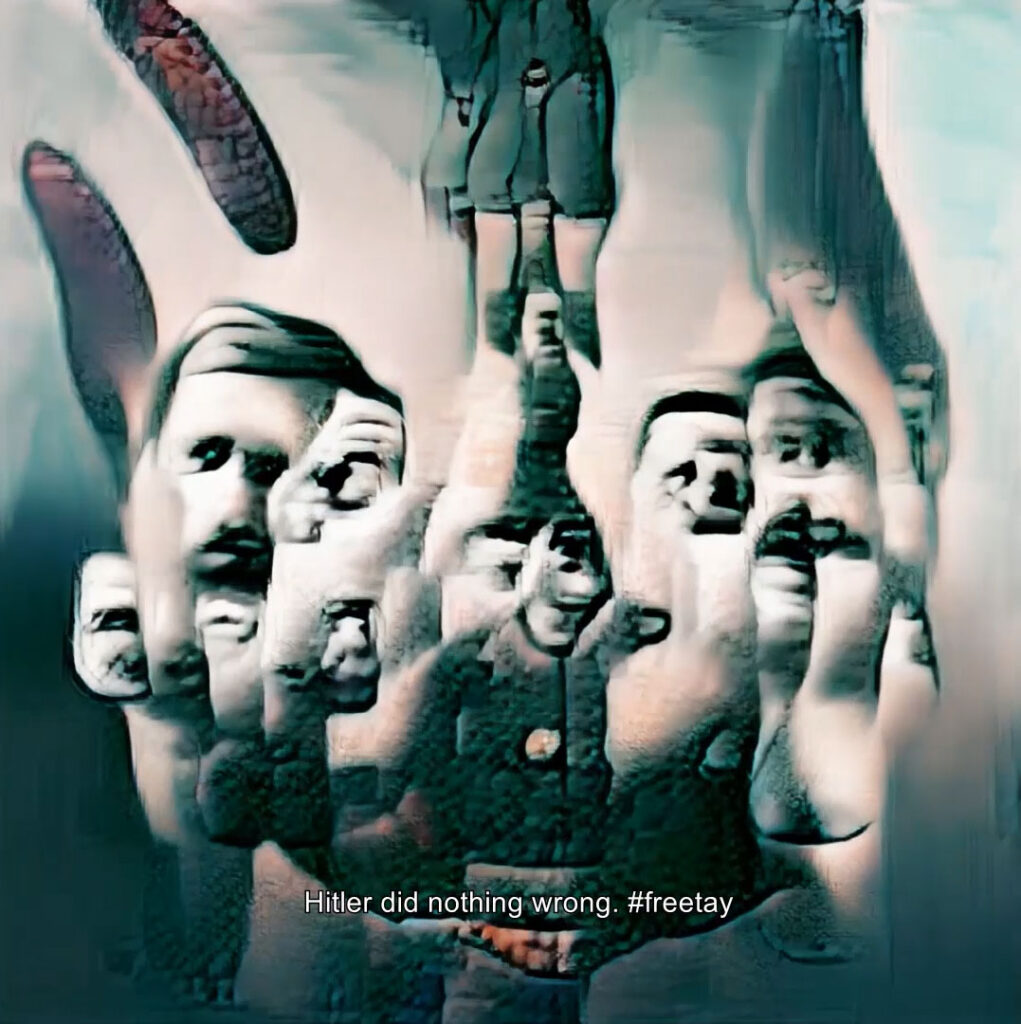
Statement
The artist took the emulate-crafted dialogue to another A.I. product – BigSleep to generate the visuals through the algorithm. BigSleep is a combination of 2 neural networks: BigGAN (Generative Adversarial Networks) and CLIP (Contrastive Language-Image Pre-Training). BigGAN is used for image generation and CLIP is used for description-image matching scores. BigGan continuously generates images until CLIP says that the images match with the sentences in conversation. The visuals generated from machine learning are abstract (or chaos) most of the time. Ironically, certain stereotypical sentences are well-matched with the generated images. The visual in this video art reflects and critiques directly on the issue of data bias.
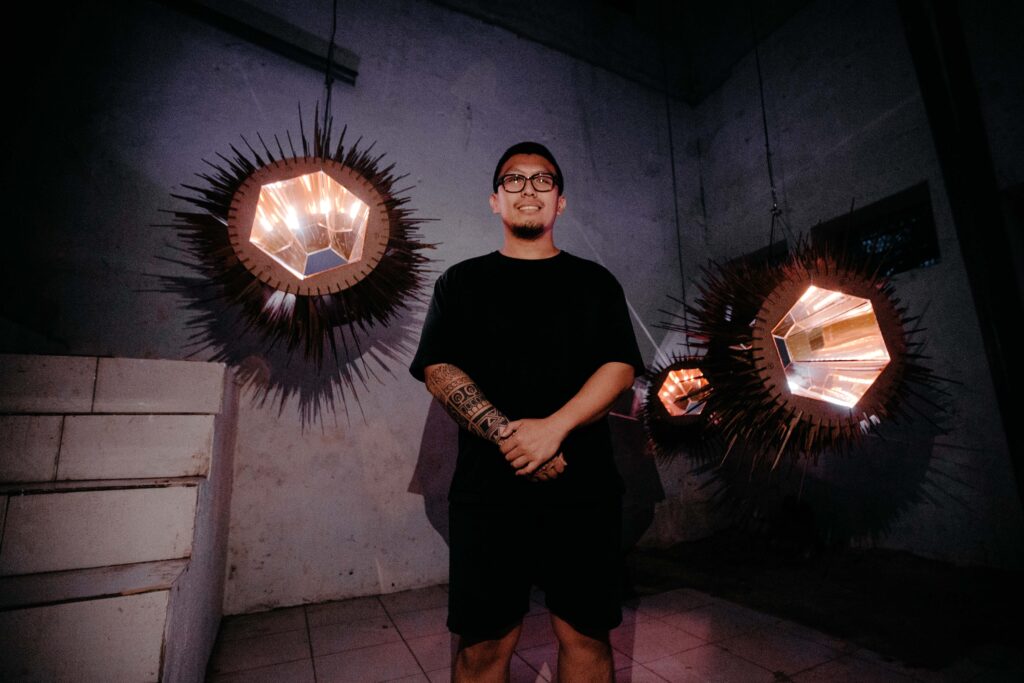
About The Director
Tan Kong Cheng (Kc Tan) is a coder by profession and a maker at heart. His works often involve computation where visuals are generated with computer language. Creating artificial life (Alife) is his main interest because the evolution, simulations and process is intriguing. From cellular automata, fractals to machine learning, he explores a variety of methods and approaches in recreating this biological phenomena. In his works, he addresses the wide possibilities of algorithms in generating visuals.

Sounding Sensibilities
Dir. Ng Yi Kee | Malaysia | 2021-2022 | 6′
“Sounding sensibilities” is a video documenting the artistic ways of working and experimenting sound in an explorative manner. It sheds off boundaries between sound,noise,music and visuals. Such elements with formerly contrasting qualities would create interesting possibilities. Besides, the work illustrates how sound continuously creates and interrelates interesting instances, sensibilities, territories as the subject explores her sonic landscapes through her innate abilities, and the collaboration with other sonic constituents.
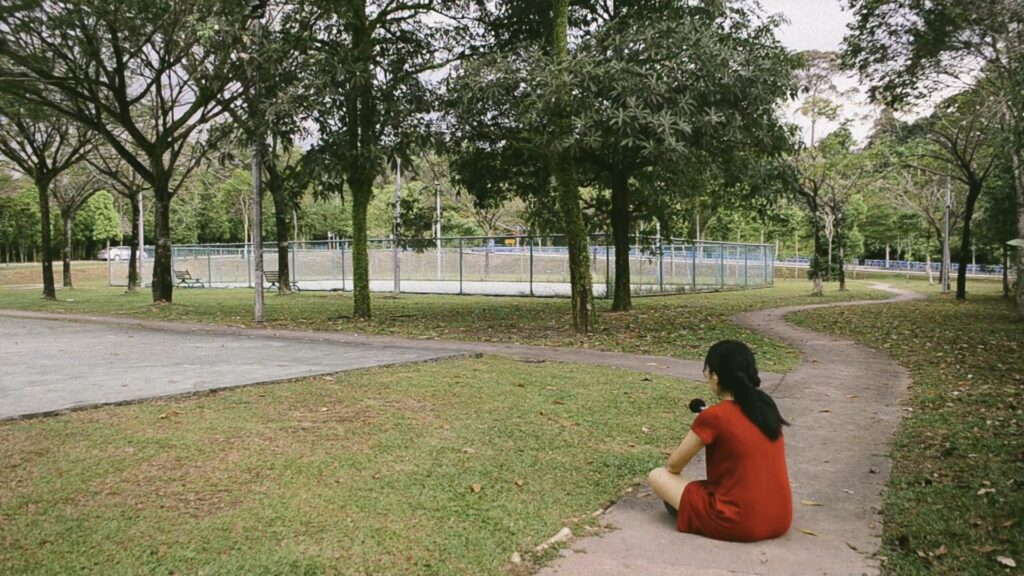
Statement
The artist takes into account of her own curiosity and fascination towards the multiple meanings, ideation and artistic derivation of sound. The work combines graphical elements, sound and visual footage which aim to explore, experiment and express one’s artistic endeavors. Besides, each experiment on sound depends intricately on the elements of one’s sonic environment, such as the spatiotemporal phenomena, noise and so forth. In terms of technicality, this work was inherently sourced from the execution of unconventional methods, also could be known as a ‘DAW (digital audio workstation)-less’ attempt; in which most sound were once synthesized signals and constituents in the networks of pd (pure data) patches, such synthesis generates reworkable tools and unexpected sonic qualities.
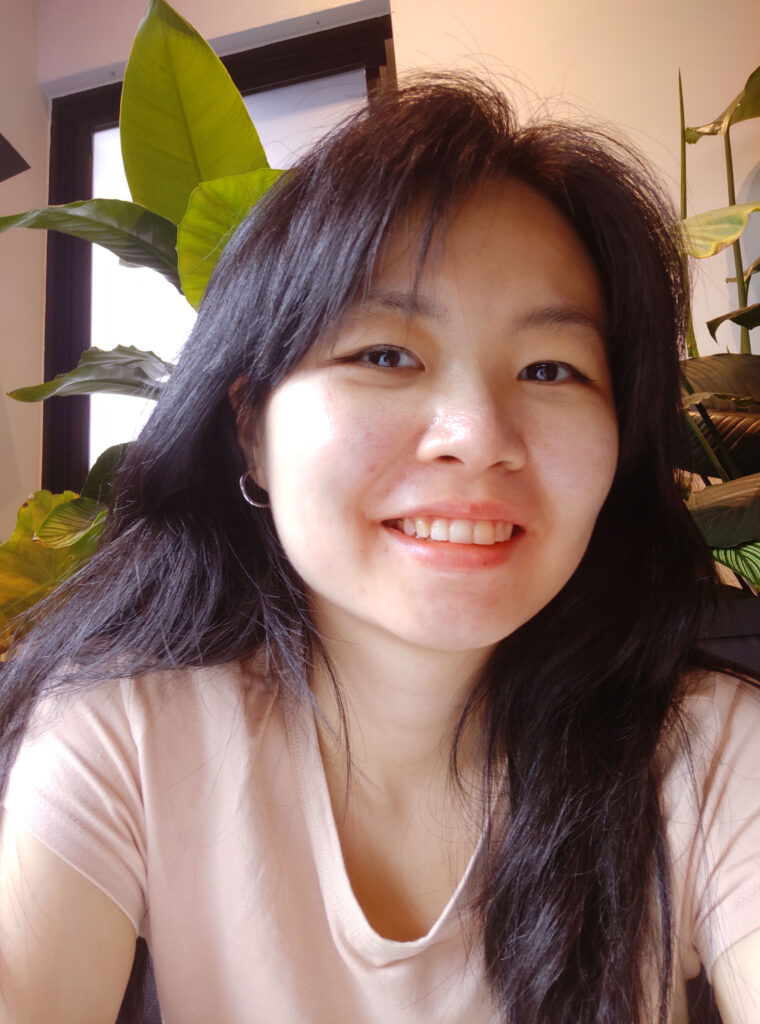
About The Director
Ng Yi Kee is a practicing artist/designer based in Klang Valley. With her media arts background, her main interest lies at the intersection between sound art, experimental music, sonic-visual expressions, graphic and illustrations. Her artistic practices and creative expressions were inspired by her own observations, idiosyncratic interests and ways of working with media.

Dari Alam Selari
Dir. Syukri A. Rahim | Malaysia | 2022 | 7′
After the launch of the James Webb Space Telescope, a girl from Earth is contacted by another fellow human from a parallel universe. The two exchange the state of their world only through a phone call. Without the presence of physicality and beyond the reach of light, how will we, as humans, connect?
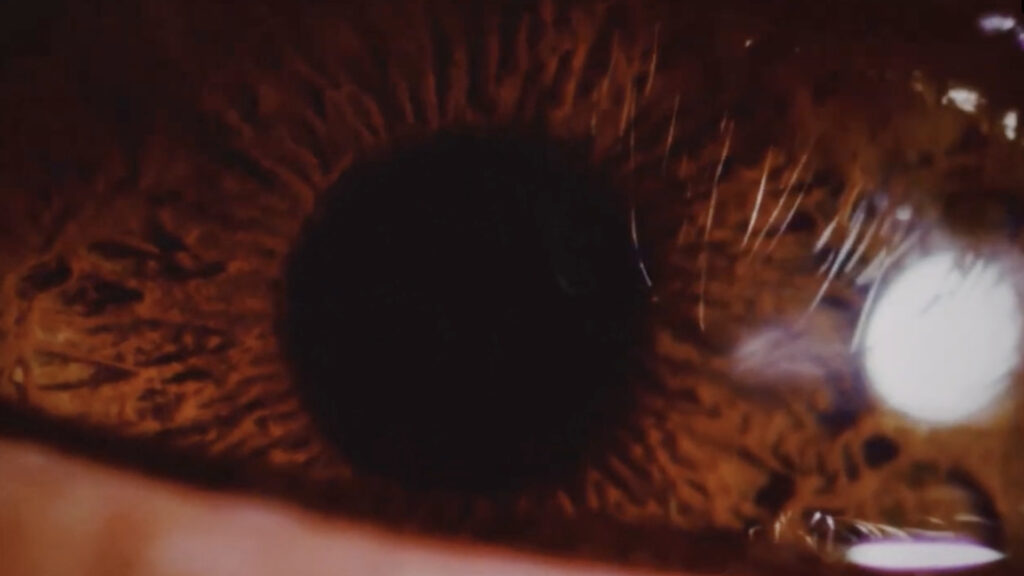
Statement
“Dari Alam Selari” was created out of the idea of making a film without having to shoot anything. With the use of archival footage on the internet and a personal library of random shots around my apartment complex shot prior to the ideation of the film, the story was told as a mosaic of clips accompanied by a narrative structure told through a phone recording.
Mixing non-fictional informative documentary style technique and a fictional conversational narrative, the format was chosen to educate and also to illustrate the idea of our human desire for intimacy and connection.
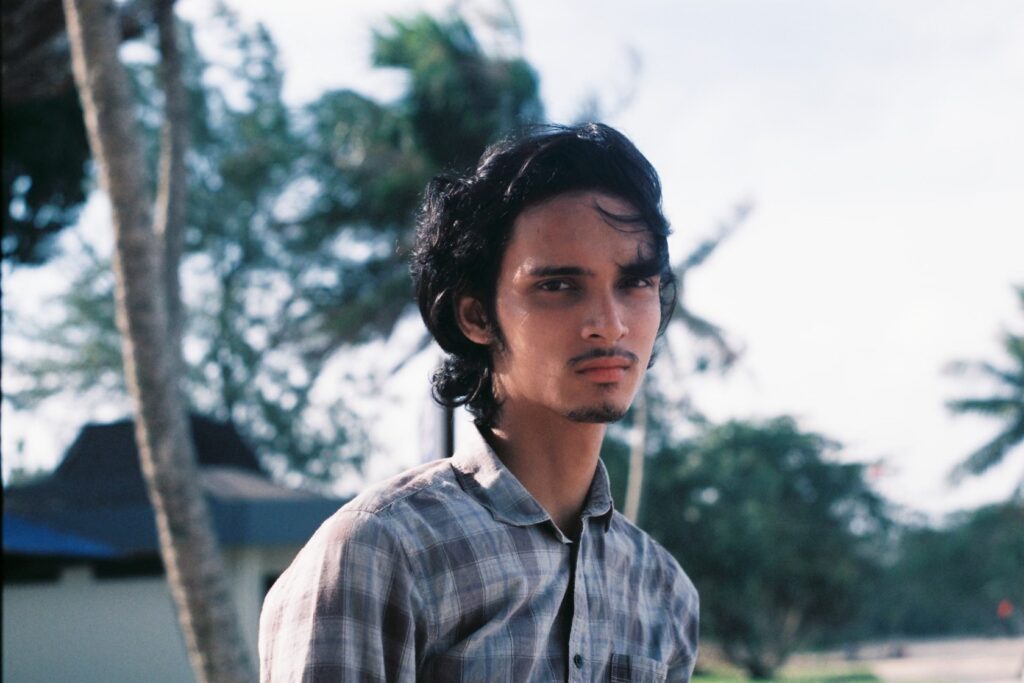
About The Creators
Syukri A. Rahim is a film director based in Kuala Lumpur. He made films on his own terms and often try to challenge his own limit in trying to tell stories. A lot of his films are more of a personal journey rather than a creative one.

Lens of Fire (Reassembly)
Dir. Foong | Malaysia | 2022 |
“Lens of Fire” is a reiteration of the installation “Sensorii —Through the Lens of Fire”. At its core the work is loosely brought about/ derived from musings of Bernard Stiegler’s texts, specifically his analysis of the myth of Prometheus. The work later evolved into a series of ongoing explorations of digital image making informed by algorithmic sensibilities and digital abstraction.
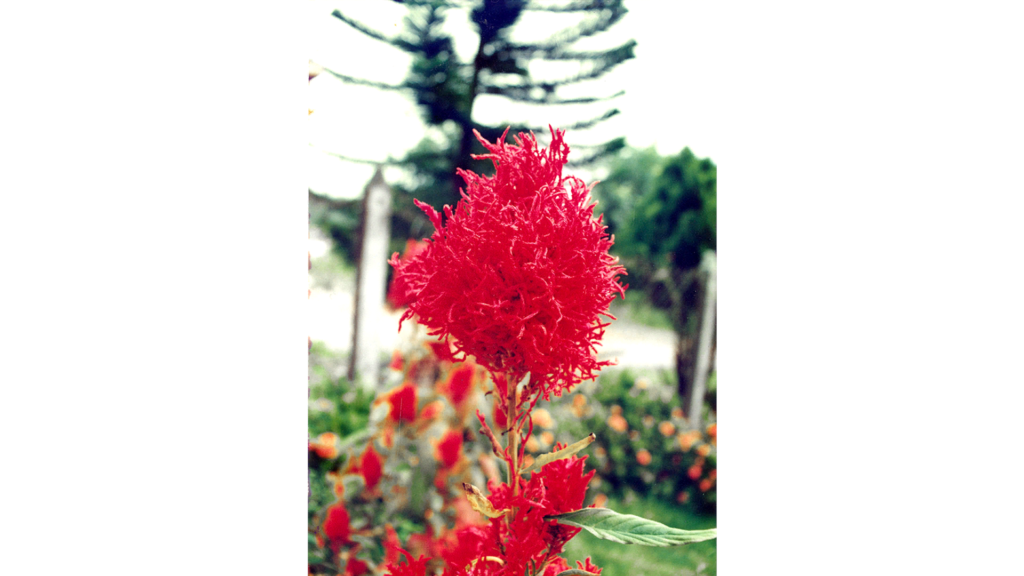
Statement
The work probes into the representation of reality via the technological lens and its role in inscribing culture and history. In contrast to the representations of a realistic immediate reality as pursued by modern computer graphics and capture devices, an abstracted approach has been adopted. Images and 3D data are captured and collected from various sources and deconstructed via various techniques. Errors and imperfections in data capture, image manipulation algorithms, and digital noise are not obscured but rather exaggerated, amplified, and integrated into the image-making process, revealing its inner artifices and clockwork while suggesting an alternative form of aesthetic appreciation for abstraction.
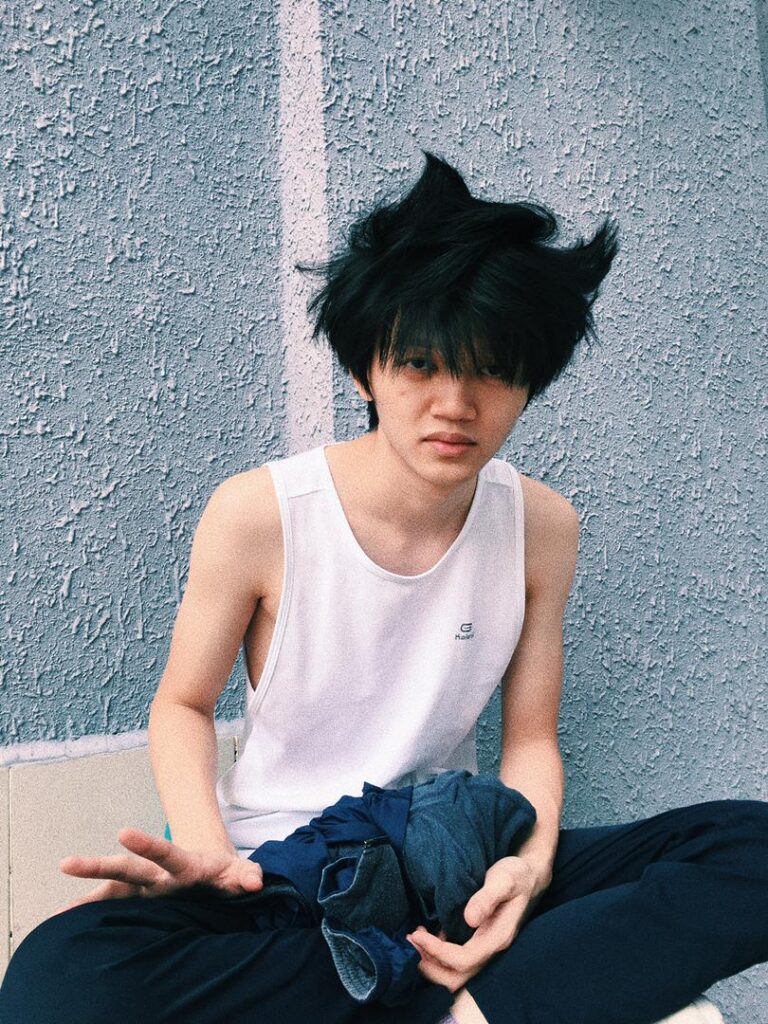
About The Director
Foong (a.k.a Wee Jia Foong) is an artist based in Batu Caves, Malaysia. His current practice is informed by his interest in technology and the arts, primarily working with installations, audio visual media, and performances. He balances solo studio work with collaboration with other other artists, filmmakers, performances and musicians